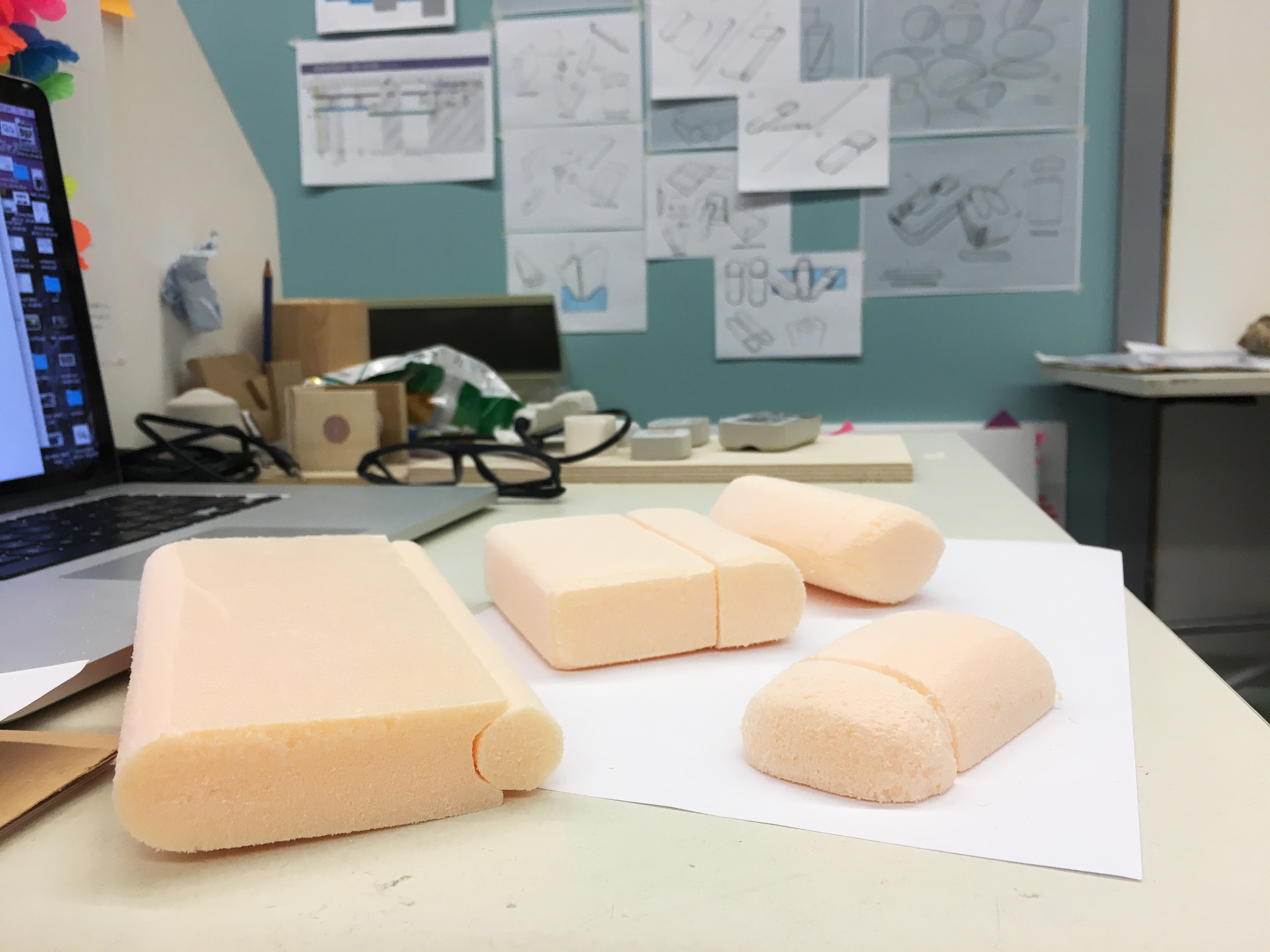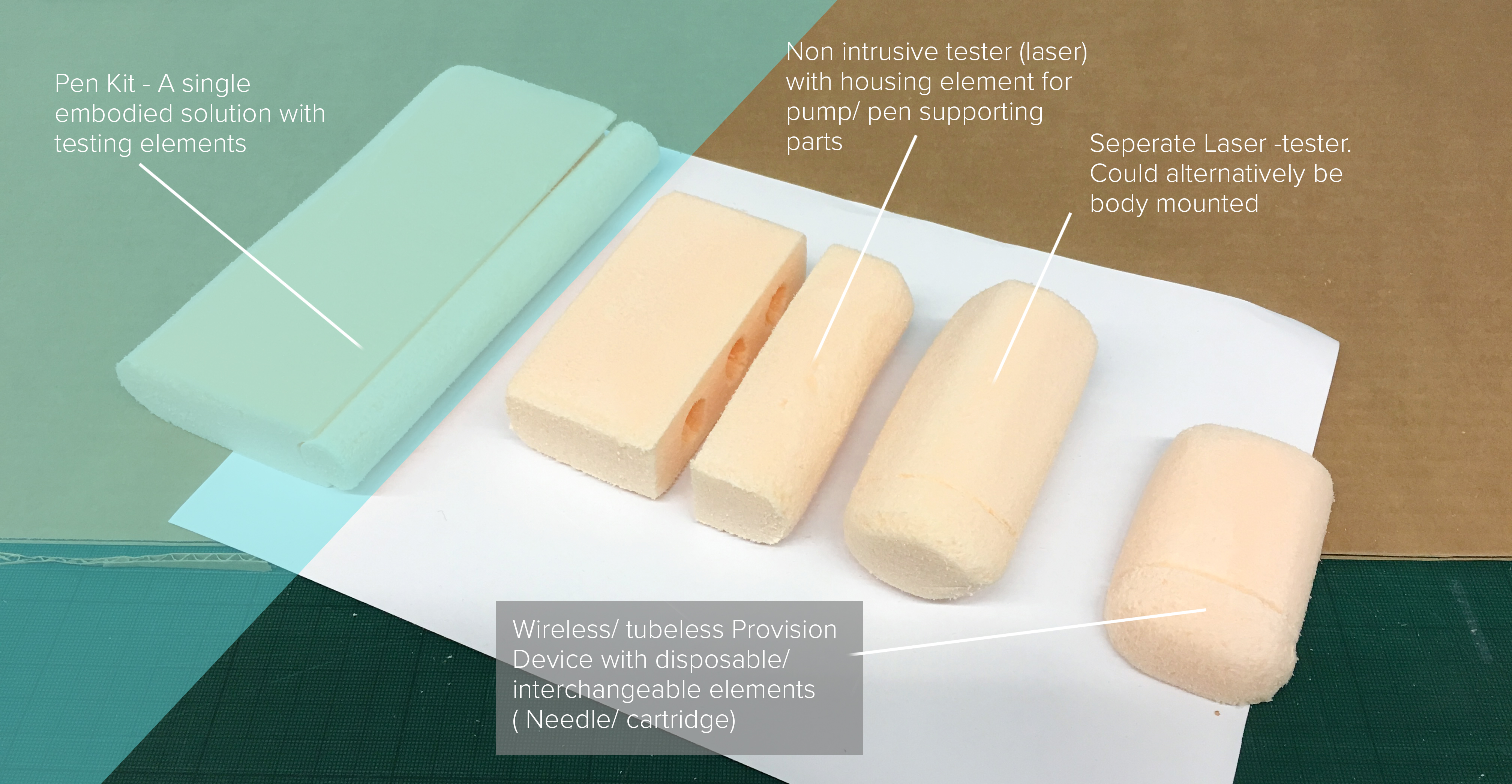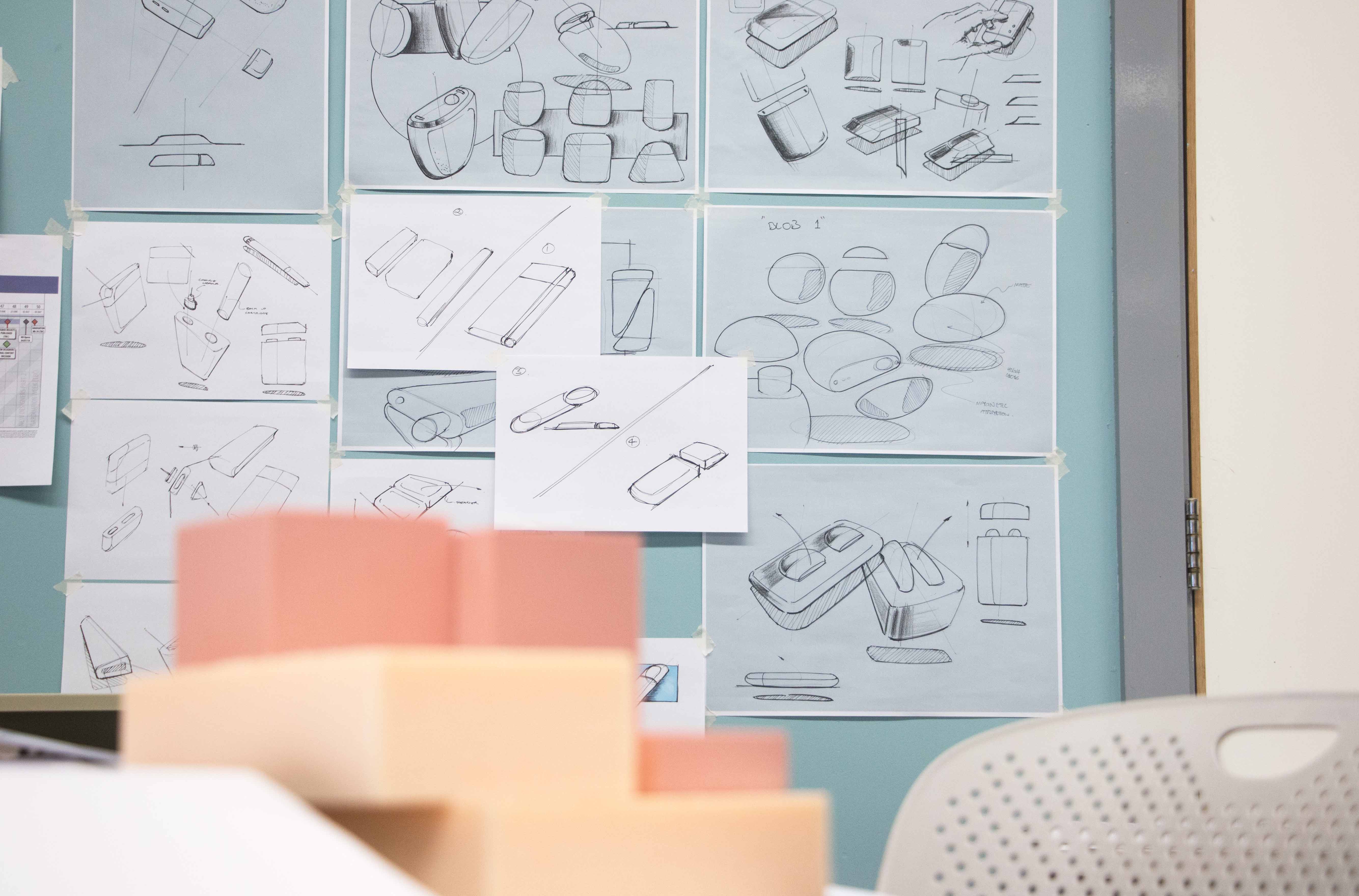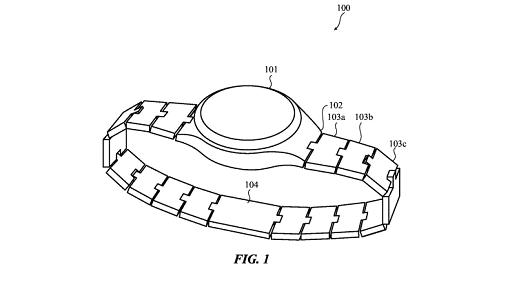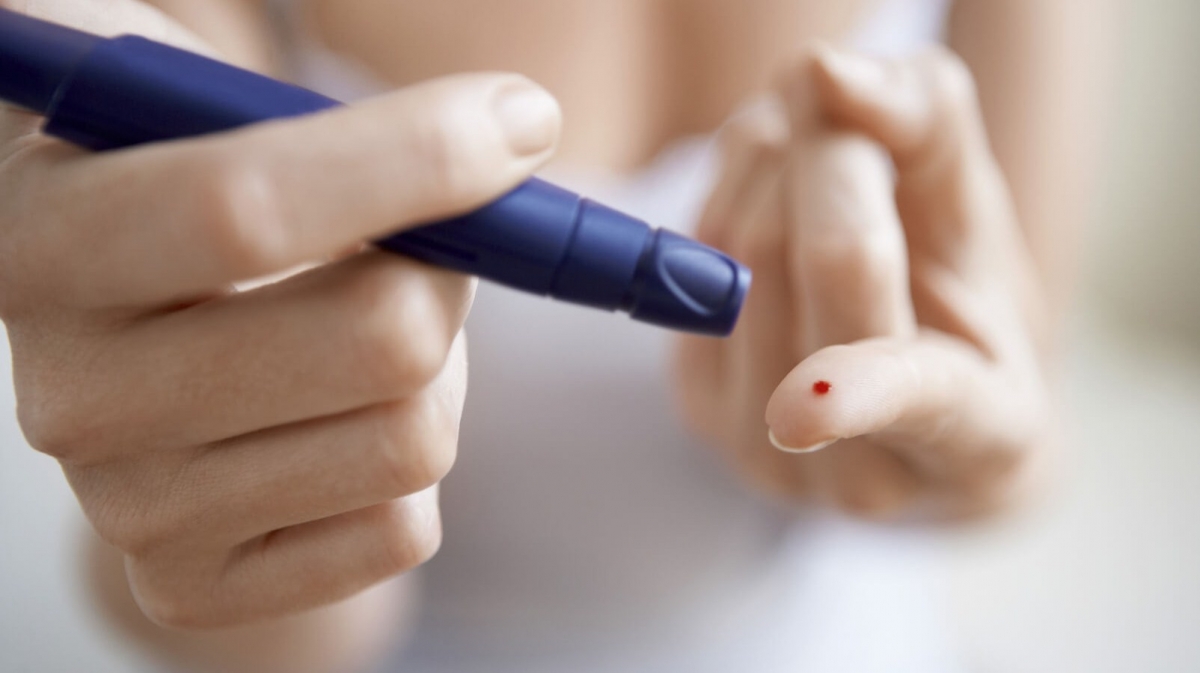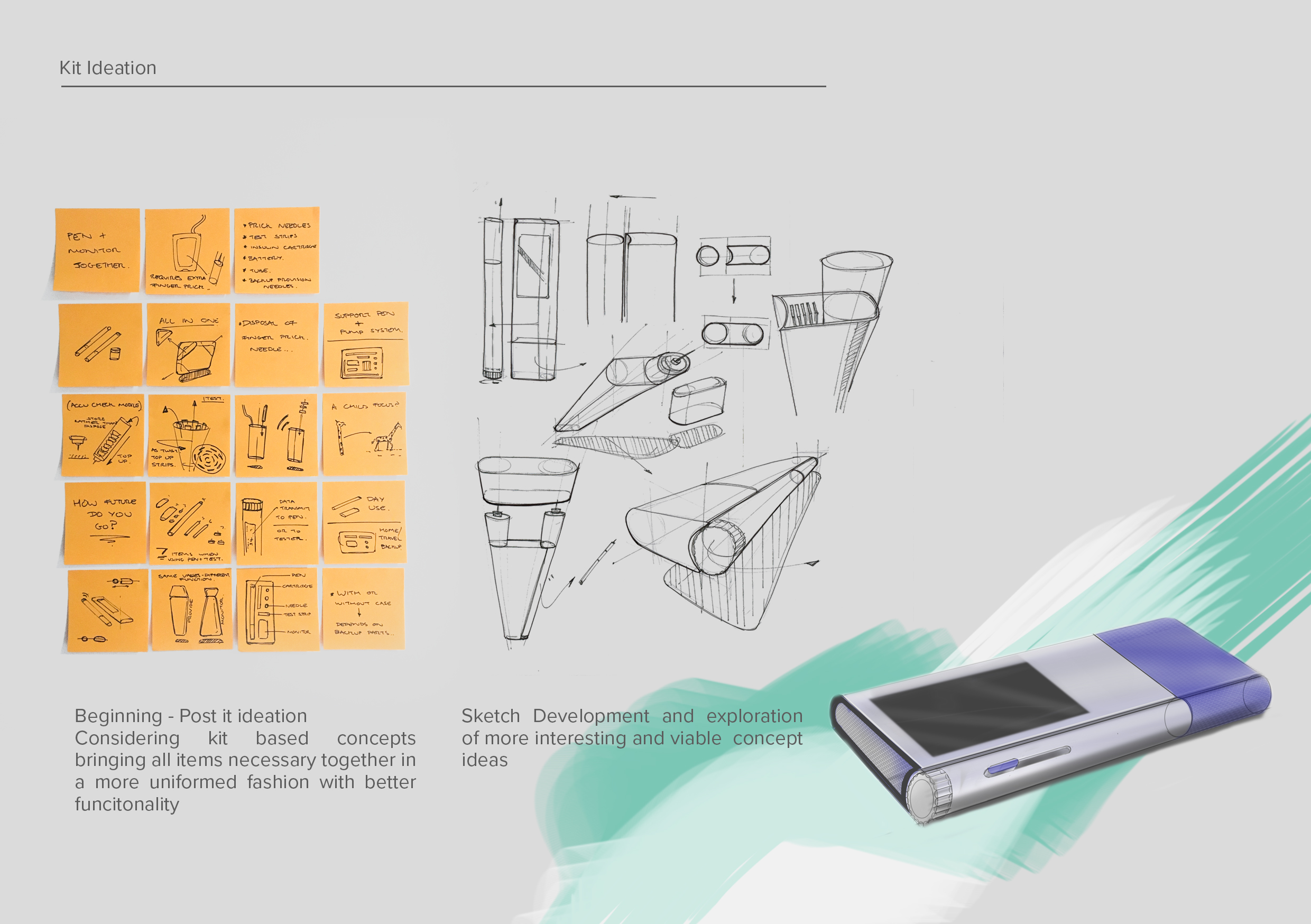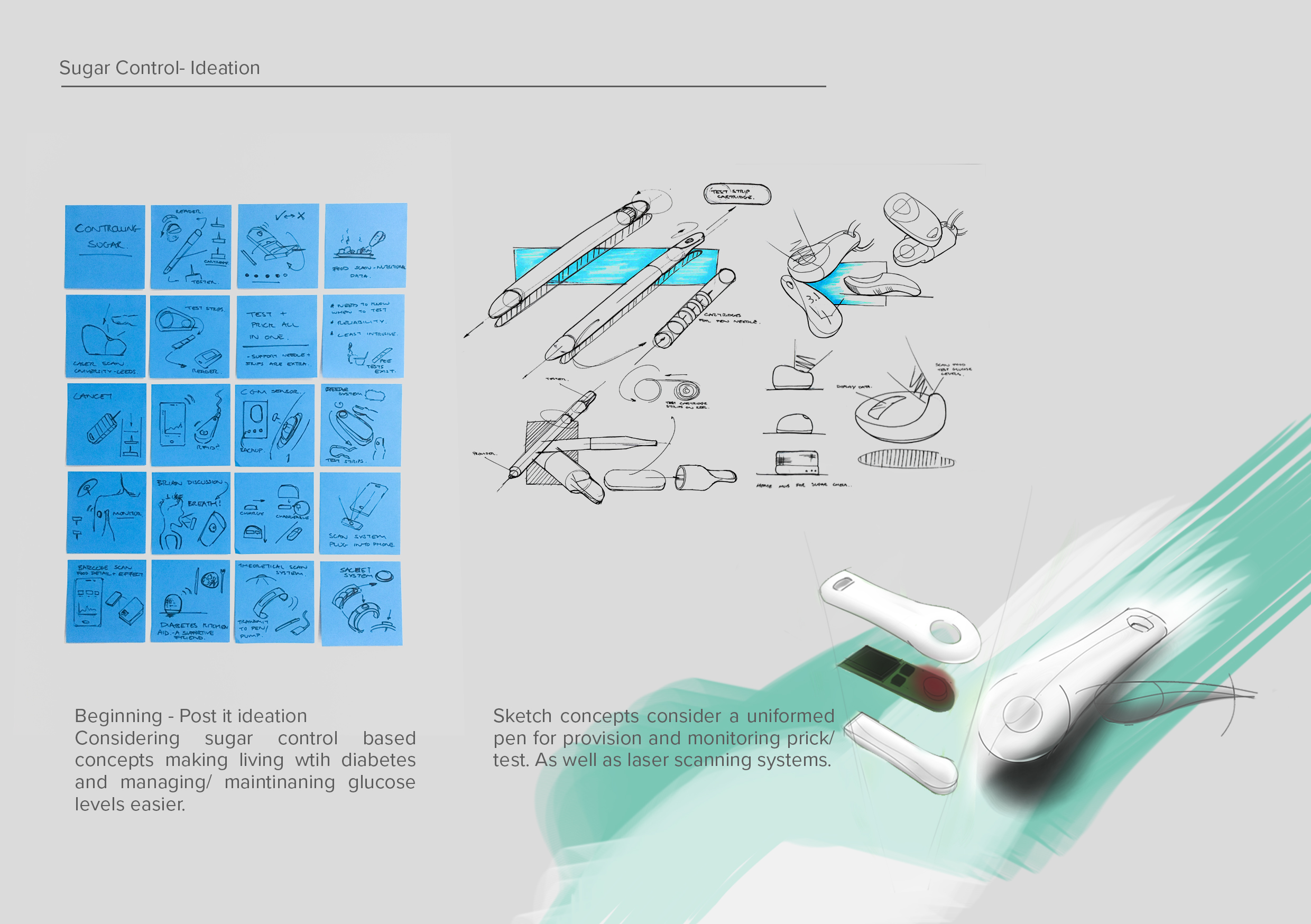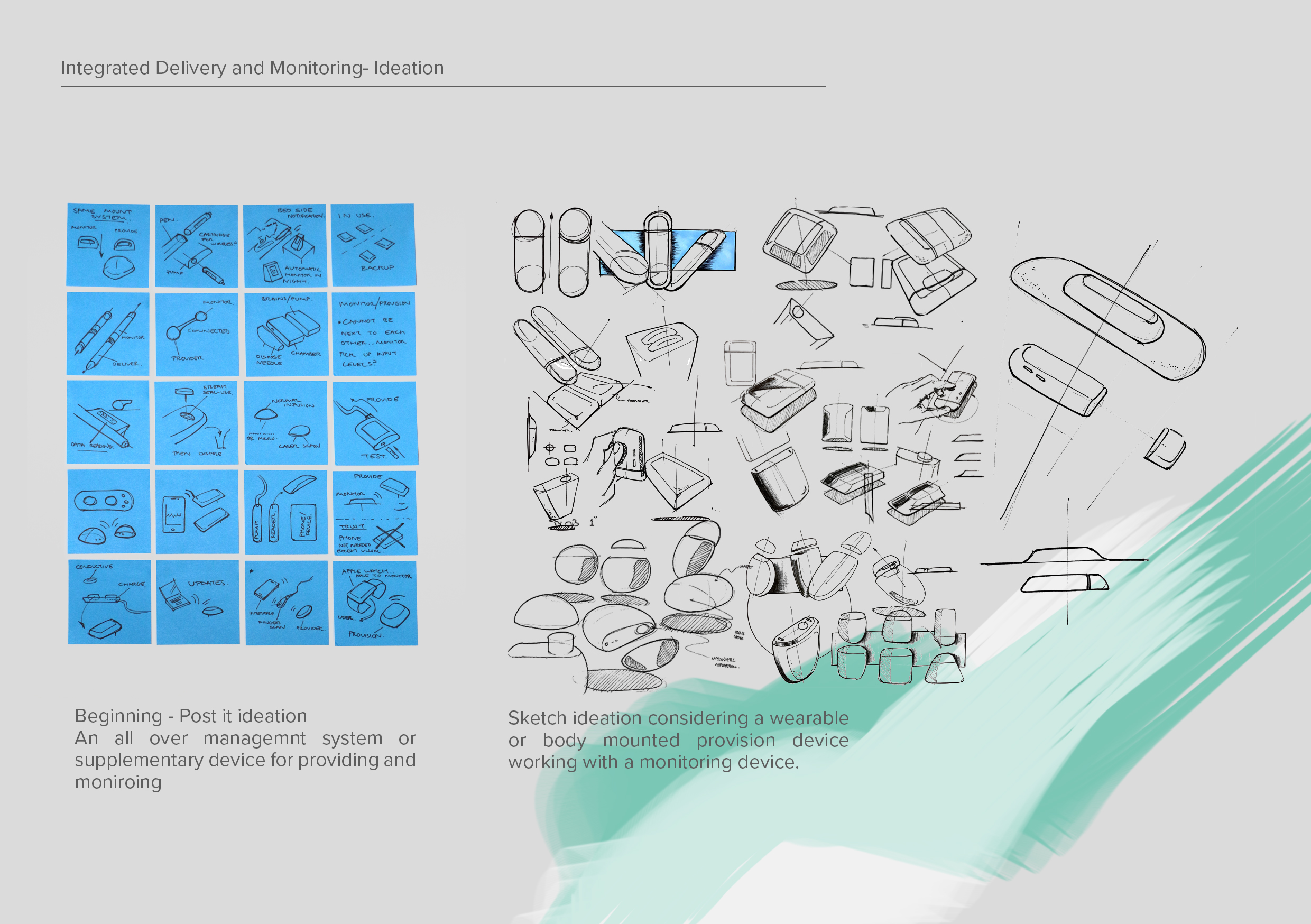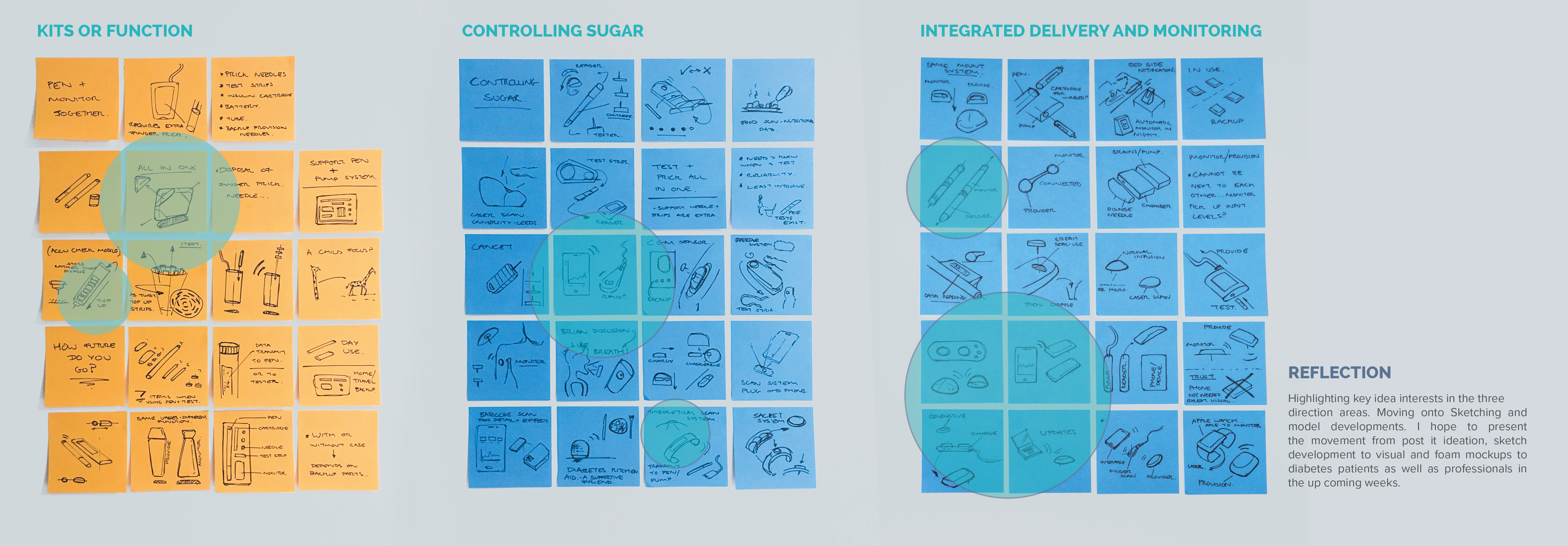Had a positive discussion reviewing the project with David O’Leary today .
I updated David on the position, routes of the project. I discussed my analysis of companies and universities performing research into non-intrusive laser based scanning systems, Arduino base models and refractive laser light systems as the route for moving forward with for monitoring. We also had a brief discussion about ‘hypos’ and the consideration for the management device to act as a wearable for night use. I discussed how I had been working on connecting with various people with PHD’s specialising in electronic and biomedical systems in the department of Electrical Engineering at various other universities.
David provided his thoughts on the appropriate way to approach the questions to ask regarding the project. David also opened up the opportunity for design discussion and feedback with a few of his contacts in different areas of the industry. This is a great opportunity and I look forward to following up with these contacts.
Key questions and consideration points arose:
- How far away do you believe till something like this could be possible?
- What volumetric size could the technology be reduced to? Arduino and other mockups are very large but demonstrative… could this eventually be something as small as a headphone or button?
- Could it be kinetically self-powering and last for ages without a charge?
